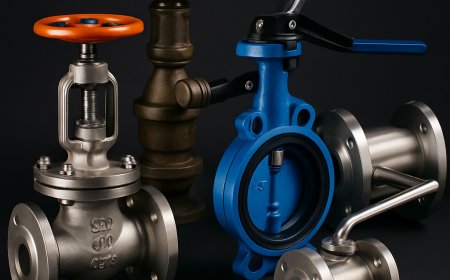Types of Heating Oil: What You Need to Know

Heating oil is a key energy source for many homes and businesses, especially in areas with cold climates. It powers furnaces, boilers, and water heaters to keep indoor spaces warm and comfortable during winter. However, there isnt just one kind of heating oilthere are several types of heating oil, each with its properties, uses, and benefits. Understanding the differences can help homeowners choose the right option for their needs.
1. No. 2 Heating Oil
No. 2 heating oil is the most common type used in residential heating systems. Its a distillate fuel oil derived from crude oil and is similar in composition to diesel fuel. It is typically used in oil-fired furnaces and boilers to heat air or water for home heating.
No. 2 oil is known for its high energy content and efficiency, making it a popular choice for homeowners. It delivers around 138,500 BTUs (British Thermal Units) per gallon, offering excellent heating performance. However, its a petroleum-based product and emits carbon dioxide, contributing to environmental concerns.
2. No. 1 Heating Oil (Kerosene)
No. 1 heating oil, commonly referred to as kerosene, is a lighter and more refined fuel than No. 2 oil. It is often used in areas with extremely cold temperatures because it doesnt gel or thicken as easily in freezing conditions.
Kerosene is suitable for use in portable heaters, some home heating systems, and even in outdoor storage tanks that are exposed to low temperatures. It also burns cleaner than No. 2 oil, producing fewer pollutants and particulates. However, kerosene is more expensive due to the additional refining it undergoes.
3. Bioheat Fuel
Bioheat is a newer, environmentally friendly option that blends No. 2 heating oil with biodiesel. Biodiesel is made from renewable resources such as vegetable oils, animal fats, or recycled cooking oil. Bioheat is available in various blend levels, like B5 (5% biodiesel), B10, or B20.
This type of heating oil burns cleaner than traditional options, reducing greenhouse gas emissions and promoting energy sustainability. It works with existing oil heating systems without the need for modifications, especially at lower blend levels. Bioheat is an ideal option for consumers looking to reduce their environmental footprint.
4. Diesel Fuel
While not typically used for heating, diesel fuel can be substituted for No. 2 heating oil in emergency situations. It is chemically similar and provides similar energy output. However, diesel often costs more due to taxes and regulations intended for road use. Long-term use in heating systems is not recommended due to potential compatibility issues and higher costs.
Conclusion
There are several types of heating oil available, each designed to meet different needs and environmental goals. No. 2 heating oil is the standard for most homes, while kerosene is ideal for extremely cold climates. Bioheat offers a greener, more sustainable alternative, and diesel can serve as a backup in emergencies. By understanding the differences, homeowners can choose the most efficient and cost-effective option for their heating systems.


































